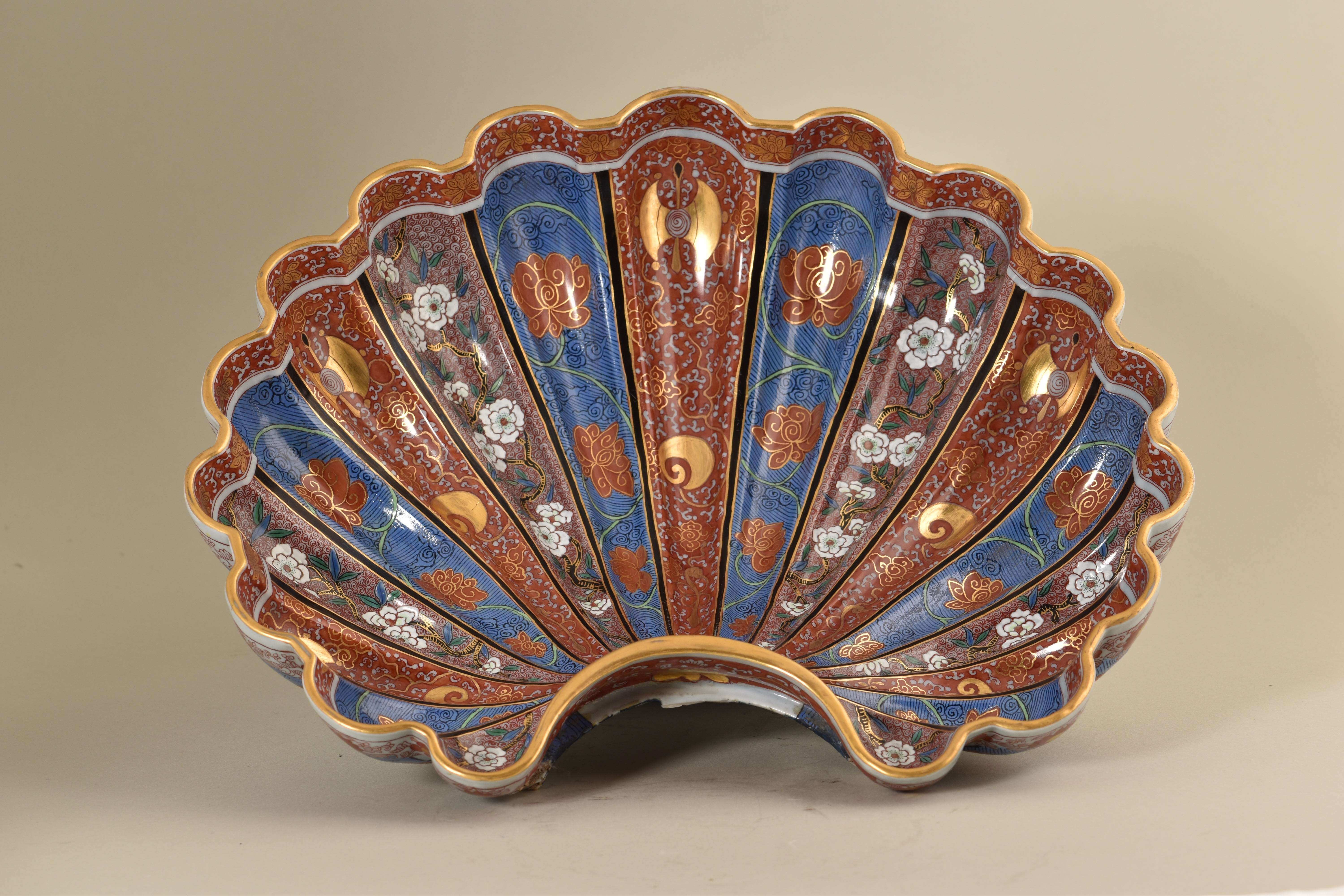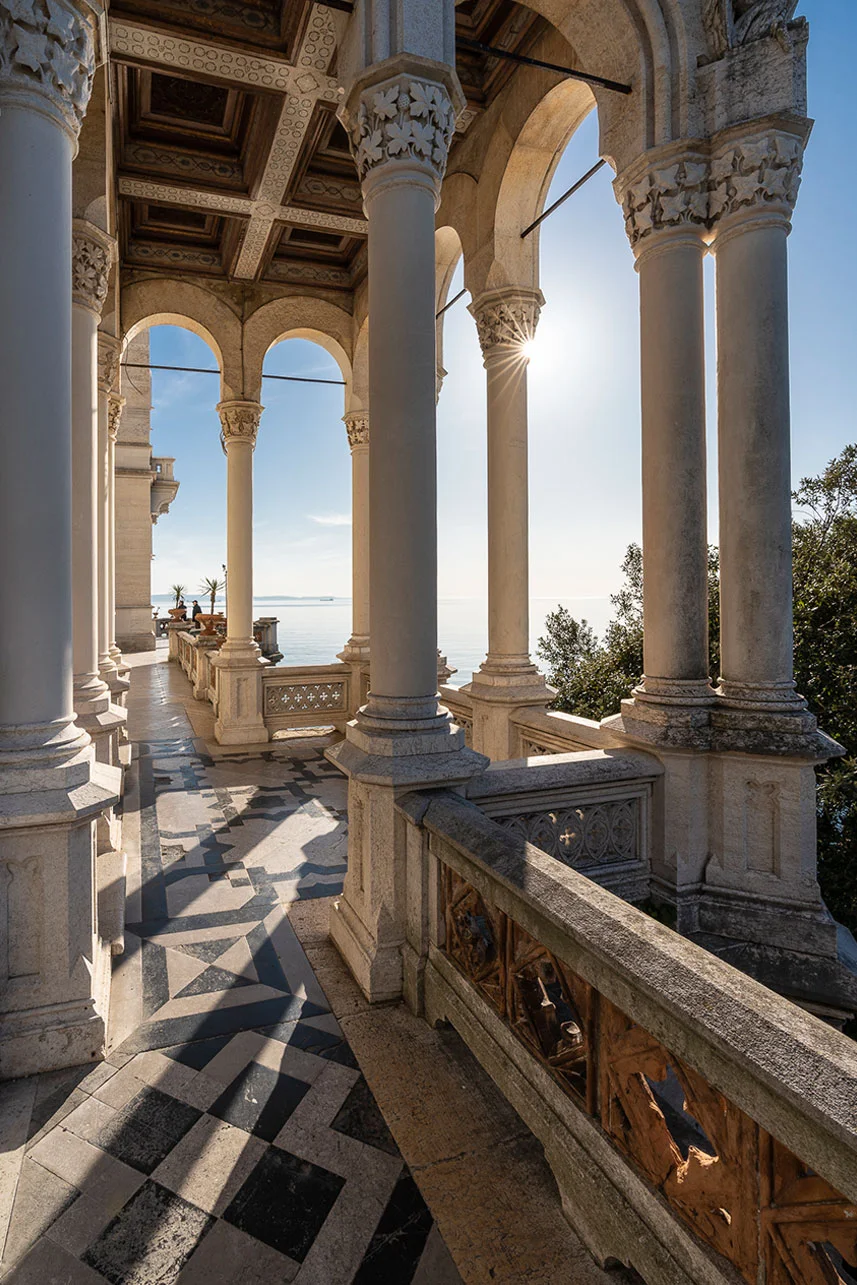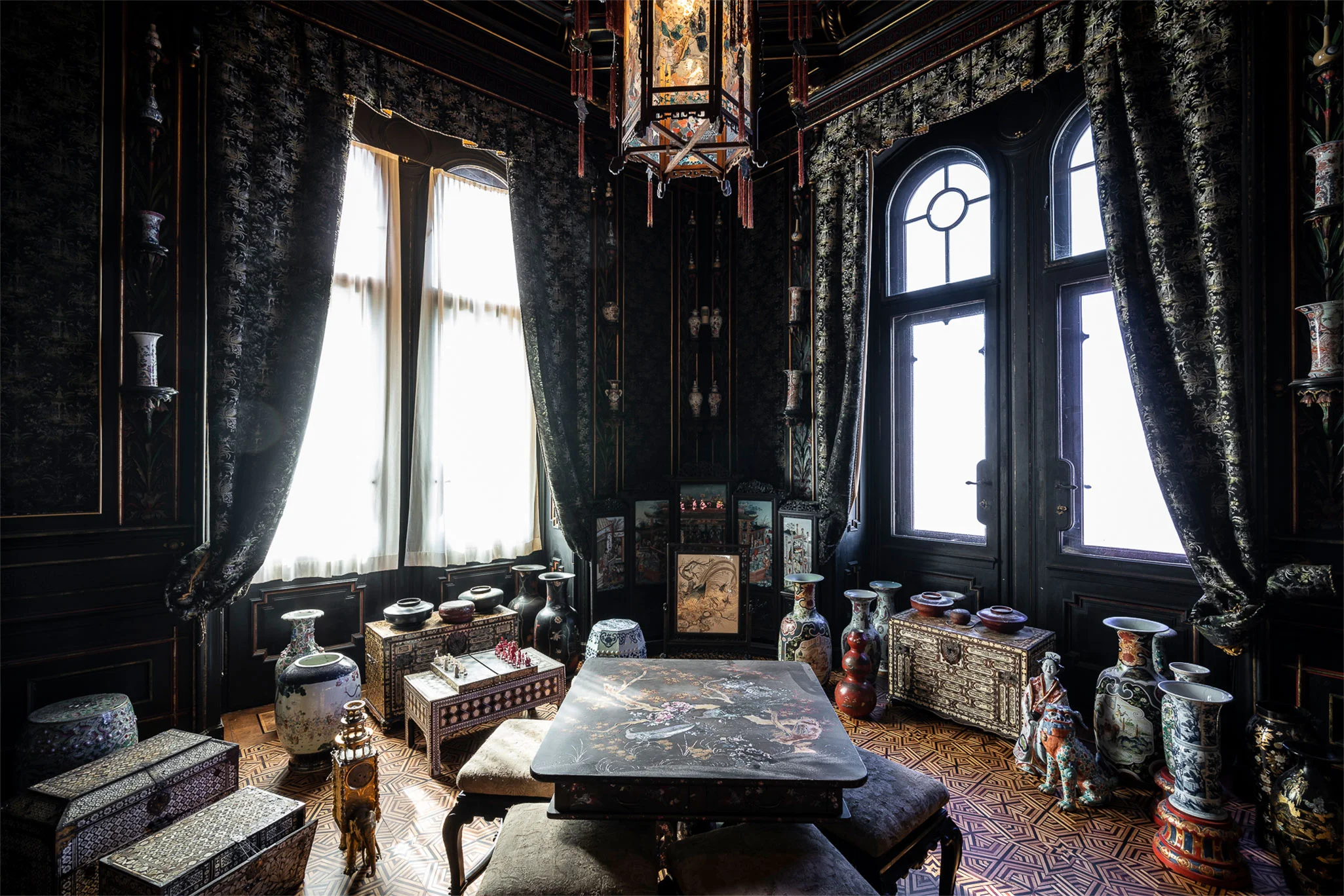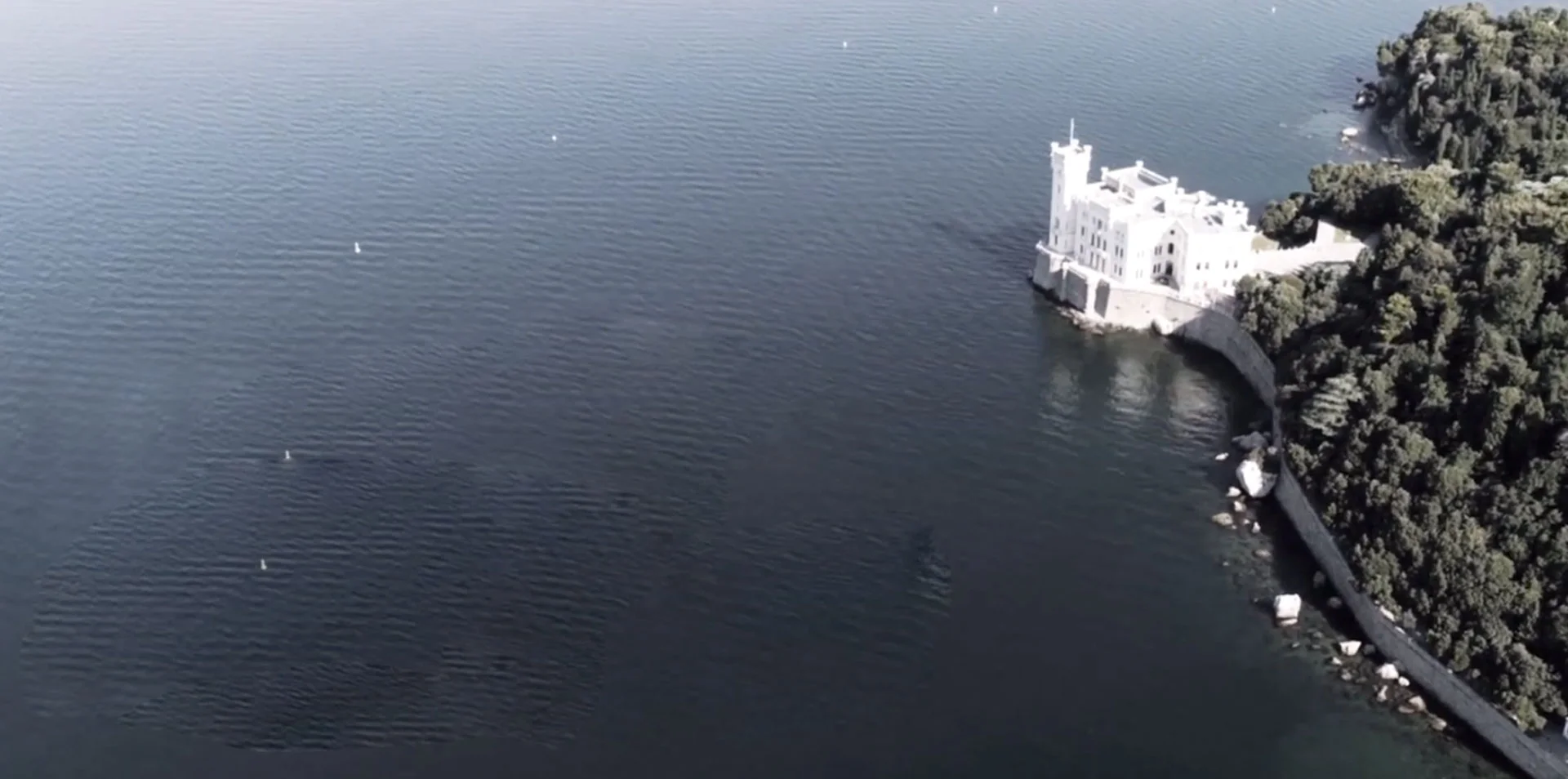The elegant shell recalls the type of ceramic known as Imari in its blue, red, gold and white polychrome colours. This name comes from the port of Imari in Japan, from where ships laden with this fine pottery, produced in workshops in the nearby city of Arita, had been sailing to Europe since the seventeenth century.
The inner and outer surfaces of the shell are finely decorated with floral patterns. The bottom of the container bears the name of the Herend manufactory. This firm was founded in Herend, Hungary, in 1826 and soon specialised in reproducing patterns of Chinese and Japanese ceramics. The collection of Herend porcelain at Miramare, which also includes large vases, is vast.
Maximilian purchased the shell on 14 January 1858 for 70 Austrian guilders, as evidenced by a document with the firm’s name in the header. The description also mentions a pitcher, which has since been lost.
Around 1865, commissioned by Maximilian, the Hungarian manufactory made a set called Miramar, the decoration of which was a castle depicted as a pagoda, in the vicinity of a wavy sea and a tree, in the typical gold, cobalt blue, and red colours.
 Location: Room XVIII – Conversation Room
Location: Room XVIII – Conversation Room





Recent Comments